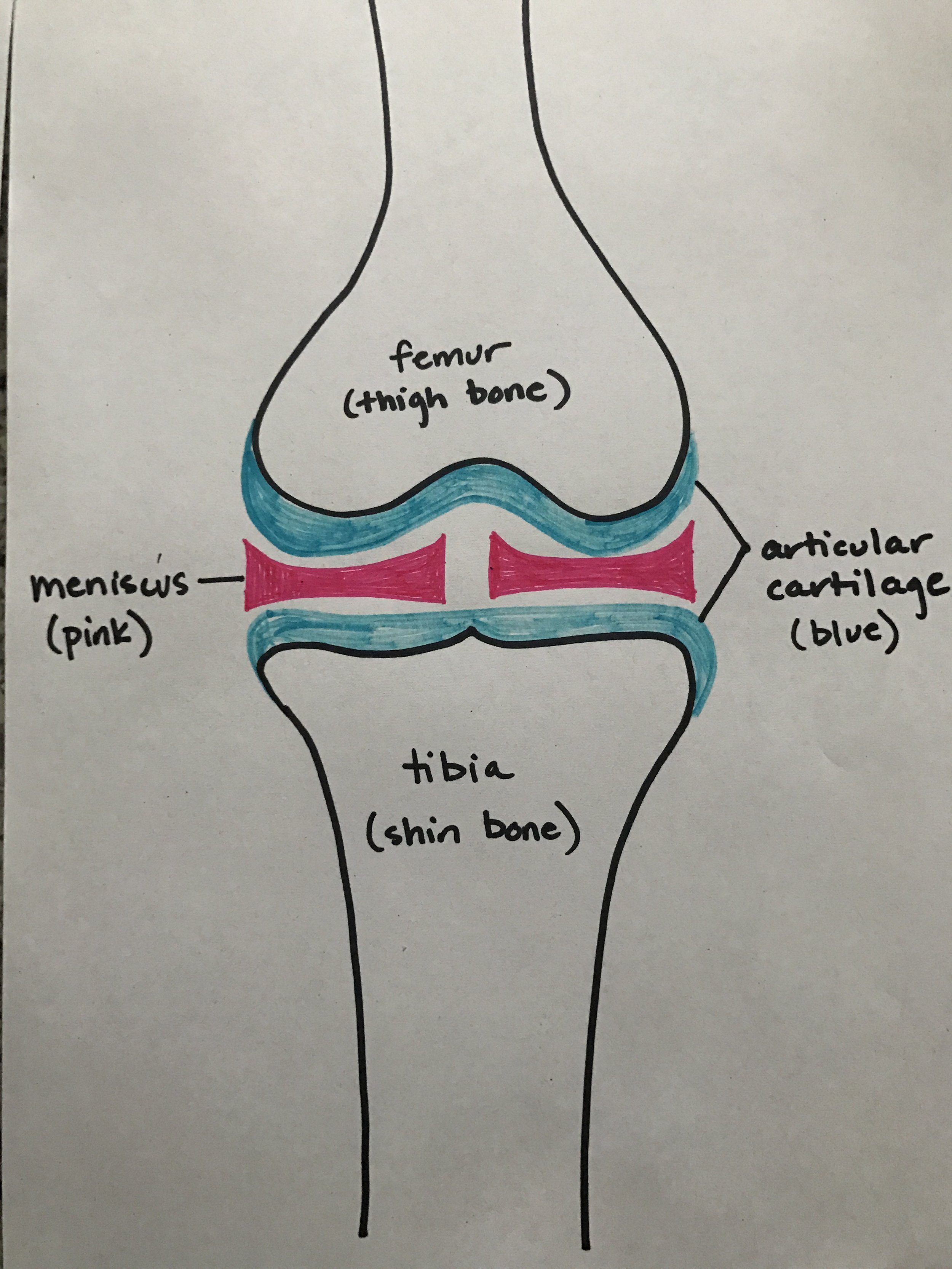Dustin Pedroia's left knee history illustrates the 2 types of cartilage in the knee
Red Sox second baseman Dustin Pedroia is pretty bleeping good at turning double plays. When Manny Machado slid into 2nd base yesterday, his cleat directly impacted Pedroia's left calf and caused him to land awkwardly on his left foot as seen in this replay:[wpvideo vYjGRULY]The above video isn't very worrisome for significant injury. I'm sure his calf is a little sore from getting cleated. When he gets hit and instinctively jumps up in the air you can see that he comes down on his left leg. His knee twists slightly and his ankle inverts a bit. Neither of these on replay look like a serious injury, but he could have a mild ankle sprain. The one thing that makes this seemingly minor injury more significant is that Pedroia has a history of left knee issues.Last October, the Red Sox announced that their second baseman underwent a left knee surgery. The procedure was said to be a left knee arthroscopic meniscectomy and chondroplasty. To understand what that means we have to review knee anatomy a tiny bit. The main bones in the knee are the femur (thigh) and the tibia (shin). The following drawings are very simplistic but they are meant to describe the 2 types of cartilage found in the knee - the articular cartilage (shown in blue) and the 2 discs of cartilage called menisci (shown in pink).The articular cartilage is like a thick coating of lacquer paint (ladies, think gel manicure) on the ends of the femur and tibia. Wearing away and thinning of this cartilage is called "osteoarthritis." The menisci (or meniscus, singular) are 2 discs of a more rubbery cartilage whose job it is to both stabilize and provide some cushioning inside of the joint.The meniscus can tear due to a direct trauma (often an awkward twisting motion) or as a result of wear and tear on the knee (we call this a degenerative tear). When the meniscus tears, it is often not able to be repaired, especially in older patients. There are a few reasons for this, but the main issue is that most of the meniscus has very poor bloodflow. A meniscectomy is the surgical procedure where the torn portion of the meniscus is removed surgically and the remainder of the meniscal cartilage is contoured to prevent further tearing. This is almost always done arthroscopically through tiny incisions with a camera inserted into the joint for visualization. A chondroplasty, on the other hand, is a procedure done to address injury to the articular cartilage as shown in the drawing below.In this drawing you can see that the blue articular cartilage is thinner and more irregular (bumpy, like sand paper) than in my earlier drawing of a healthy knee. As a result the menisci are thinner and somewhat misshapen with multiple tears. This is what an arthritic knee looks like. Often times, in young athletes, only one small portion of the knee has thinning of the articular cartilage - in the case of Pedroia I suspect that only a very small part of the articular (blue) cartilage is thin. However, even a small area of cartilage thinning can be very painful. Chondroplasty is the most readily available option to try to improve the articular surface in patients with localized articular cartilage thinning. It is an arthroscopic procedure where the surgeon makes tiny poke-holes in the articular cartilage at the same time that they are addressing the meniscus tear. The goal is to cause bleeding into the bone/cartilage interface and stimulate growth of a type of scar tissue in that area so that the bone is not as exposed and the area is more protected. I attempted to depict the bleeding/scar tissue formation in red.When Dustin Pedroia came down a bit awkwardly on his left leg Friday, even the slightly unexpected twisting of the knee could have inflamed his chronic degenerative knee issues (ie the small portion of his articular cartilage that underwent chondroplasty). My gut tells me the team is just being cautious by sitting him today, as I didn't see anything too concerning in either the knee or the ankle on the replay.So far, there's no talk of the DL. Let's hope it stays that way.



